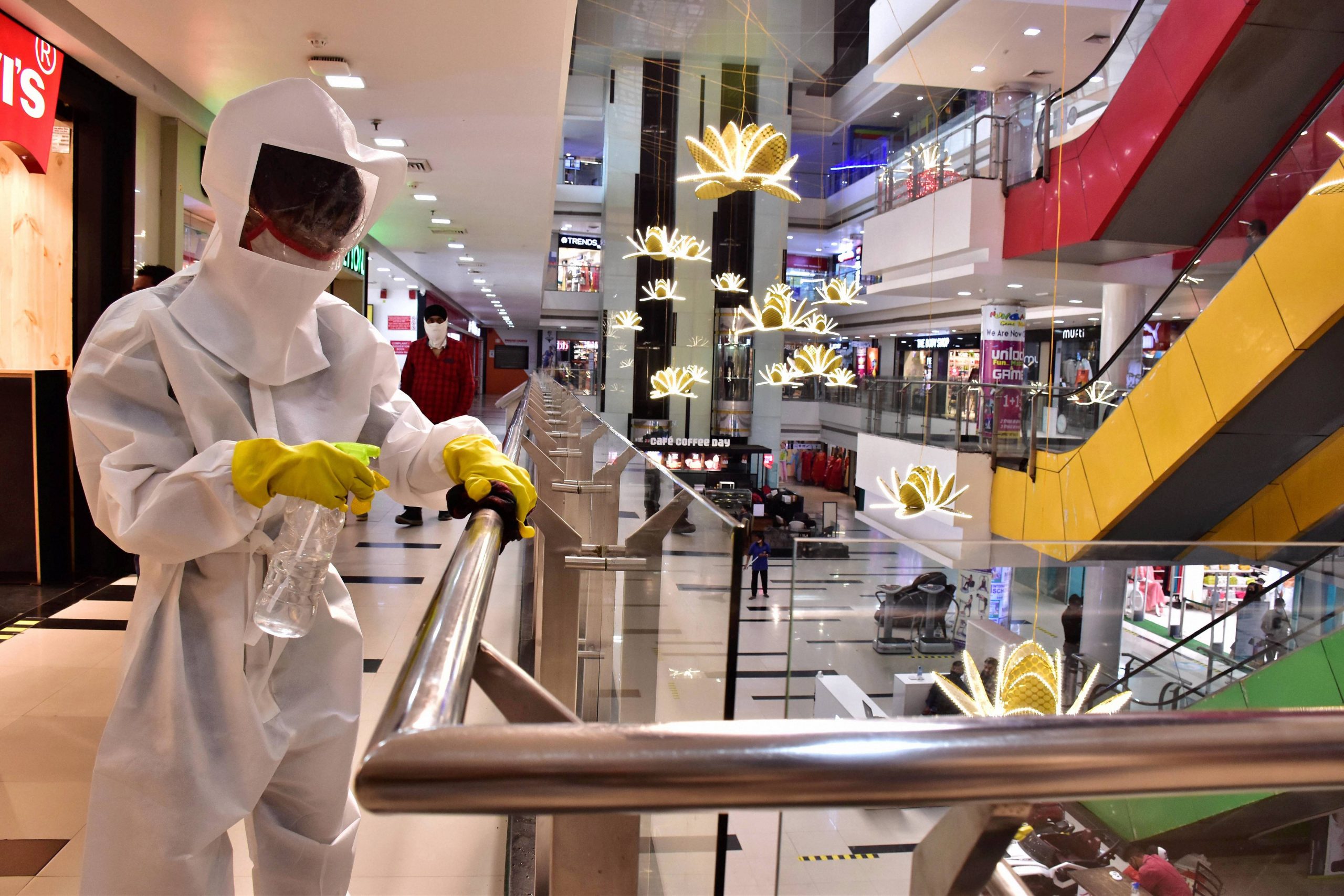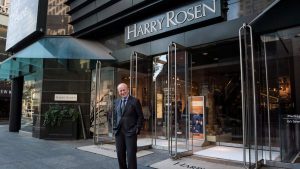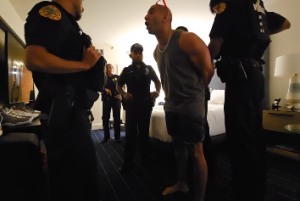If you are a kid from the 90s, you must have witnessed your harrowed mother struggling to get on Teleshop’s phone line to order that one bedsheet she particularly had to have.
Livestream shopping is the most recent retail trend that combines technical advancements and social media platforms with the traditional, quaintly nostalgic idea of at-home shopping.
Having been quoted as “QVC on steroids”, Livestream shopping isn’t much different from that. Imagine yourself shopping on Zoom with a friend — and a thousand strangers.
Also Read | From Manjhi to Manto, 5 of Nawazuddin Siddiqui’s best performances
A cross between an infomercial and an Instagram live, Livestream shopping can range from a fashion show to just a celebrity discussing their new-favourite product, encouraging users to buy the item in real time.
Where did Livestream Shopping originate?
Finding its roots in China during the mid-2010s, livestream shopping is a well-established concept that is steadily spreading to the West and beyond.
In the Chinese industry, this phenomenon is exploding, with the estimated valuation of $15.9 billion by 2020, up from just $1.8 billion in 2015. Other nations, such as the United States, are now embracing their own versions, thanks to Facebook Live.
What is Facebook Live?
As the Covid-19 restrictions are being relaxed, more customers are expected to return to shops this summer, but Facebook continues to take a gamble on Livestream shopping.
On Tuesday, the platform revealed Live Shopping Fridays, a three-month programme highlighting the beauty and fashion brands that will begin on May 21.
Also Read | K.K. Shailaja: Kerala’s “rockstar” ex-health minister and beloved “teacher”
Every Friday, a different brand will hold a live shopping experience with influencers, specialists, and product demos.
Sephora, Murad, Dermalogica, Clinique, Bobbi Brown, and Alleyoop will be among the beauty brands participating, while Abercrombie & Fitch, Dolce Vita, and Zox will be among the apparel brands.
Use live video to share items, answer questions, and close sales with Livestream shopping.
What is Livestream Shopping?
Livestream shopping — incorporating live video to showcase and review items, respond to questions fielded by viewers, and close deals with consumers who are watching, chatting, and buying from afar — is a natural offshoot of the original TV-centered model that has been slowly gathering momentum in past years.
Also Read | Spelling ‘coconut’ with hips is the ultimate trick to ace cowgirl sex position
The “host” of the livestream will demonstrate a variety of items, from high-end brands to daily necessities. This host may be anything from a well-known figure to a so-called “Livestream influencer.” Hosts are referred to as “key opinion leaders” — China’s version of influencers — and larger influencers are basically a modern breed of celebrity, with some reaching millions of people through social media.
Kim Kardashian West made a guest appearance on Tmall Global, a famous Chinese Livestream show, to promote her KKW perfume, which sold out 15,000 bottles within minutes.
Who is using Livestream Shopping?
Gen Z and Millennials, ranging from age 20 to 35, are well-known content consumers who constitute the bulk of both buyers and hosts.
Also Read | Maxi dresses: One of the most comfortable fashion must-haves
This isn’t shocking, considering that the latest Accenture study found that over 70% of Chinese Gen Z consumers choose to purchase goods straight from social media, compared with the global average of 44%.
Keep in mind that this is a generation that grew up with social media and other forms of digital technology. They aren’t just at ease with it; they see it as a normal part of their everyday lives rather than something novel and cutting-edge.
How does Live-stream Shopping work?
Though shopping via live stream is very “in the moment,” there is a ton of behind-the-scenes planning that goes into it. When the camera begins rolling, you can neither hide nor retake, which is why professional hosts would spend several hours preparing for each broadcast.
Also Read | Michel Lotito — The man who ate aeroplanes for breakfast
Brands can expand into a platform where tons of people are consistently buying every day, increase their reach by using influencers and spend less on more expensive types of ads by using live stream shopping. What’s not to like about that?
This flurry of activity centred on Livestream shopping represents a number of megatrends. As technological innovations make it simpler than ever to build and upload video-based interactions, digital content engagement is exploding.
Celebs and social media influencers are increasingly impacting buyer behavior. COVID-19 has prompted millions of customers to engage more often with brands and retailers digitally, and many will certainly do so even after the pandemic has passed.
Also Read | Bored with your old denim? Here’s how you can breathe life into them
Livestream shopping will keep developing as it gains momentum, and the sky’s the limit. Perhaps artificial intelligence on social networking sites would allow us to supply each consumer with a completely personalized platform of live, engaging content that has been designed specifically for them. Perhaps virtual reality will enable us to transfer customers to a front-row seat at a livestream fashion show, just next to a pleasant host happy to answer questions or take an order.
Companies that are launching livestreaming must also understand that video shopping is more than just the new innovations or the hottest influencer. Too many newcomers seem to be valuing flash over substance.
Those who persevere will realize that, as with the oldest brands, the secret to success is establishing long-term relationships with each consumer. The fundamental needs that have long characterized retail have remained constant.
Also Read | Make your Sunday special with these delicious dessert recipes
Even in the virtual world, it’s all about the impact of human interaction and the thrill of discovery—wandering through your favourite store, striking up fascinating conversations, discovering about the items’ backstories, and being empowered.
It’s endearing to see this 40-year-old business strategy being reborn. As long as we put our humanity together with innovation, the new technologies have the prospect to deliver the best of traditional shopping to today’s stay-at-home customers.







